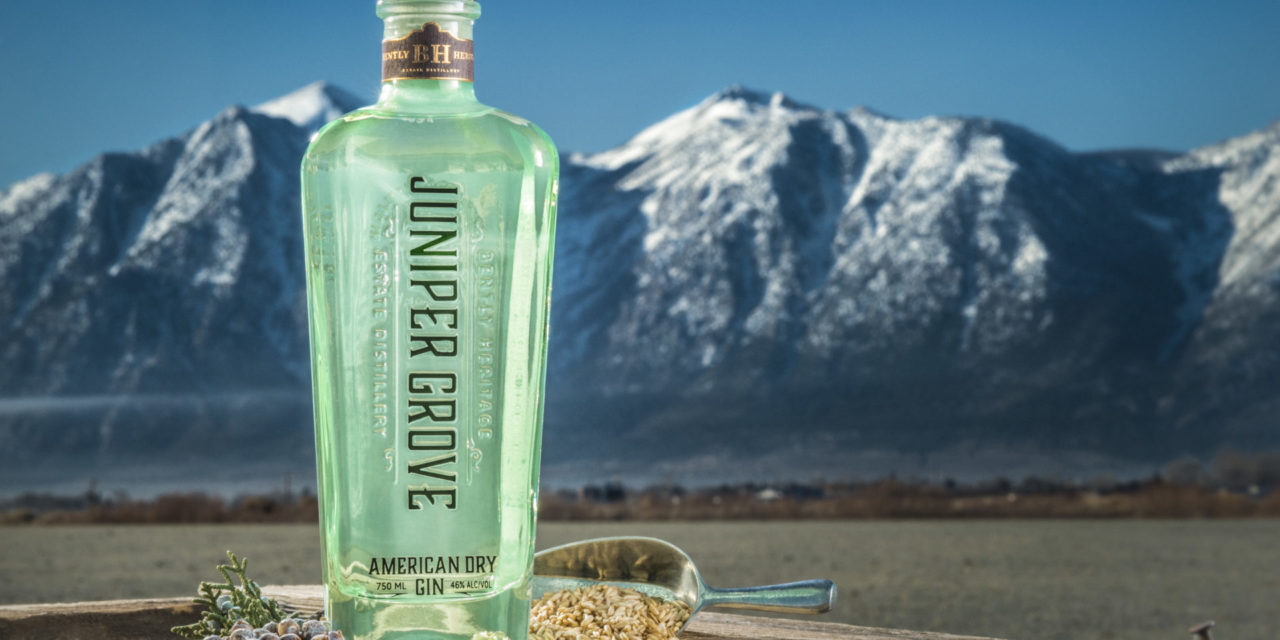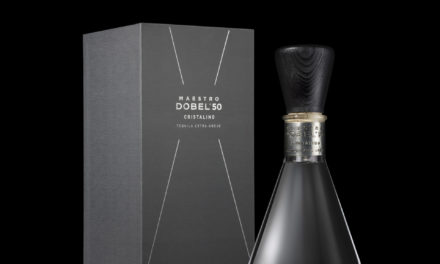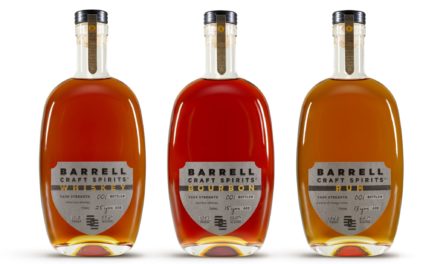Seven years ago, I wrote a story in which I claimed that the “craft” in vodka was in the marketing.
At the time, federal regulations defined vodka as being “without distinctive character, aroma, taste, or color,” meaning marketing was pretty much all that remained to distinguish one vodka from the next. Many distillers at the time were buying bulk neutral spirits from the same industrial producers, then redistilling it or simply bottling it as-is and selling it as “craft vodka.” The only distinction was to insist that it was “distilled three times” or “distilled 14 times” or whatever. It was mostly puffery.
I now request permission to amend my claim.
This past May, the Alcohol and Tobacco Tax and Trade Bureau altered its standard of identity for vodka—the wording that broadly defines what goes in the bottle. It dropped the no “distinctive character, aroma, taste, or color” requirement, noting that this “no longer reflects consumer expectations.”
Vodka was given permission to have flavor.
The change is both momentous and not. It’s momentous in that it removes a punch line—vodka has long been derided by the cocktail cognoscenti, who always managed to mention the TTB definition in every argument about the spirit’s inferiority to whiskey, tequila, rum, or anything else for that matter.
But it’s not that momentous in another way: Craft distillers—at least those who make their own spirit—have more or less quietly ignored the TTB definition for years. They were aware that what they used to produce the spirit, which could be wheat, molasses, corn, potatoes, or anything else, subtly influenced the flavor and mouthfeel of vodka. They would talk to customers about how their methods influenced flavor…but not so loud as the TTB could overhear.
The government has now caught up to the craft distilling industry when it comes to vodka. And the change opens the door for vodka makers to more clearly distinguish themselves from the major distillers.
“Our vodka has oats in it,” says John Jeffery, master distiller at Bently Heritage Estate Distillery in Nevada. “It’s brutal to work with, but we chose it because it brings a bunch of character and mouthfeel.”
Jeffery notes that the old TTB definition largely yoked producers to a post-Prohibition style of vodka, using large column stills to efficiently get the distillate to at least 190 proof, as is still required by law. “The word vodka means ‘little water’ in Russian,” he says. “And likely the first vodka distilled was freeze-separated in Russia or northern Poland. It was more of a whiskey than a vodka [as we know it today].” The new TTB definition, he adds, “gives us permission to go back to pre-19th century techniques and talk about it.”
It’s unlikely that major producers, like Diageo’s Smirnoff, which sells about 26 million cases per year worldwide, will go through this new doorway and alter the way it makes its vodka. It’s engineered with formidable efficiencies of scale. But craft distillers now have the chance to separate themselves by being louder about the naturally-occurring flavors that their choices in distillation methods bring to the bottle. The craft may also now involve consumer education—of bringing drinkers along to understand some of the nuance that can now be proclaimed rather than hinted at.
“We’ll now see people doing interesting things with vodka that they were too afraid to do before,” Jeffery says.











